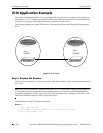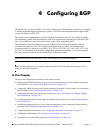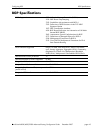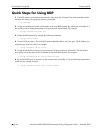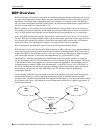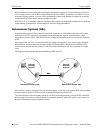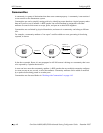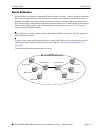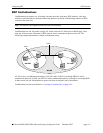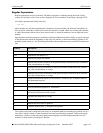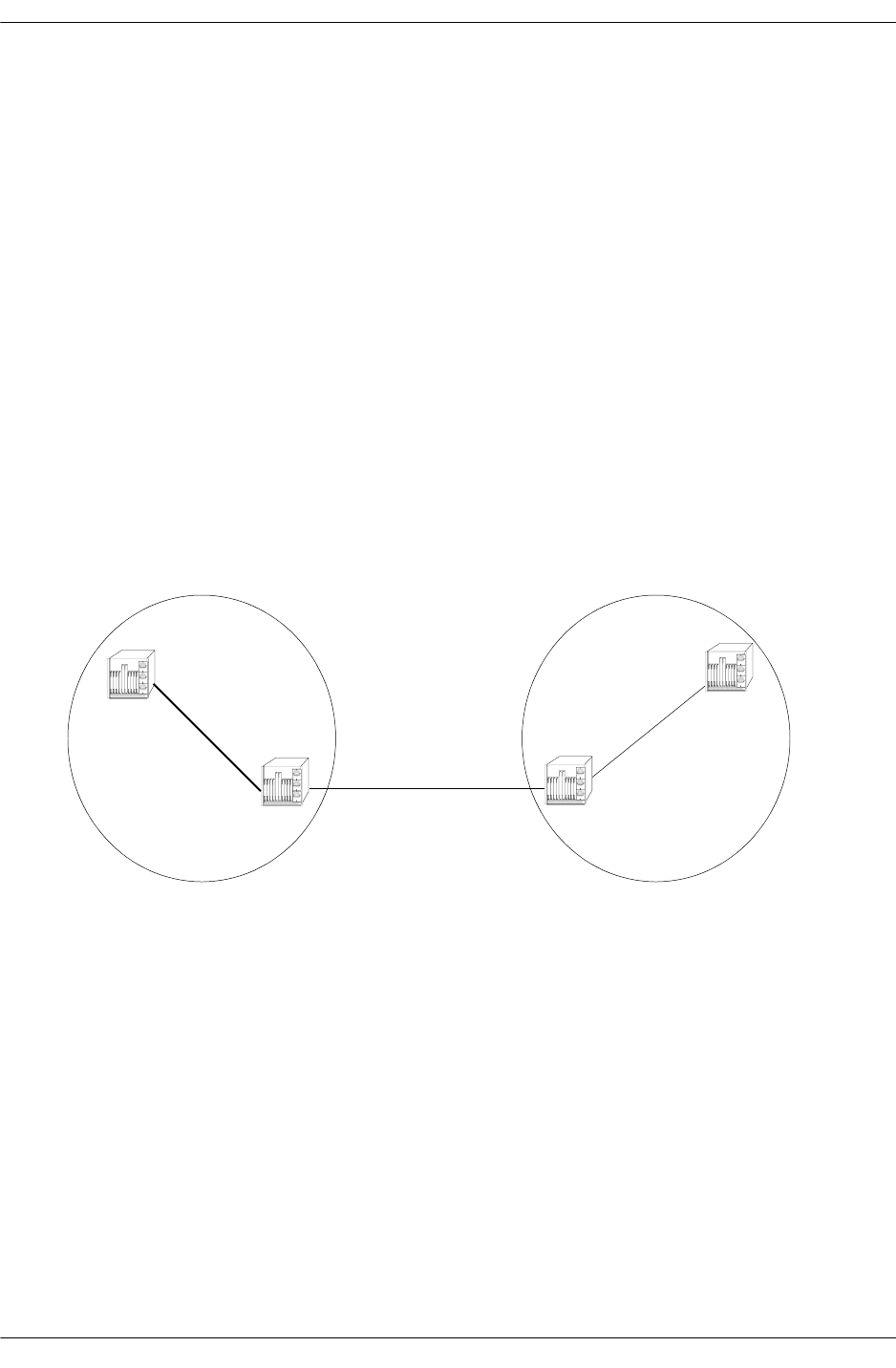
BGP Overview Configuring BGP
page 4-6 OmniSwitch 6800/6850/9000 Advanced Routing Configuration Guide December 2007
BGP is intended for use in networks with multiple autonomous systems. It is not intended to be used as a
LAN routing protocol, such as RIP or Open Shortest Path First (OSPF). In addition, when BGP is used as
an internal routing protocol, it is best used in autonomous systems with multiple exit points as it includes
features that help routers decide among multiple exit paths.
BGP uses TCP as its transport protocol, eliminating the need for it to implement mechanisms for updating
fragmentation, retransmission, acknowledgment, and sequencing information.
Autonomous Systems (ASs)
Exterior routing protocols were created to control the expansion of routing tables and to provide a more
structured view of the Internet by segregating routing domains into separate administrations, called
Autonomous Systems (ASs). Each AS has its own routing policies and unique Interior Gateway Protocols
(IGP).
More specifically, an AS is a set of routers that has a single routing policy, runs under a single technical
administration, and that commonly utilizes a single IGP (though there could be several different IGPs
intermeshed to provide internal routing). To the rest of the networking world, an AS appears as a single
entity.
The diagram below demonstrates the relationship of BGP and ASs:
Each AS has a number assigned to it by an Internet Registry, much like an IP address. BGP is the standard
Exterior Gateway Protocol (EGP) used for exchanging information between ASs.
The main difference between routing within an AS (IGP) and routing outside of an AS (EGP) is that IGP
policies tend to be set due to traffic concerns and technical demands, while EGP policies are set more on
business relationships between corporate entities.
Autonomous System 100 Autonomous System 200
BGP
Internal
Gateway
Protocol
Internal
Gateway
Protocol



